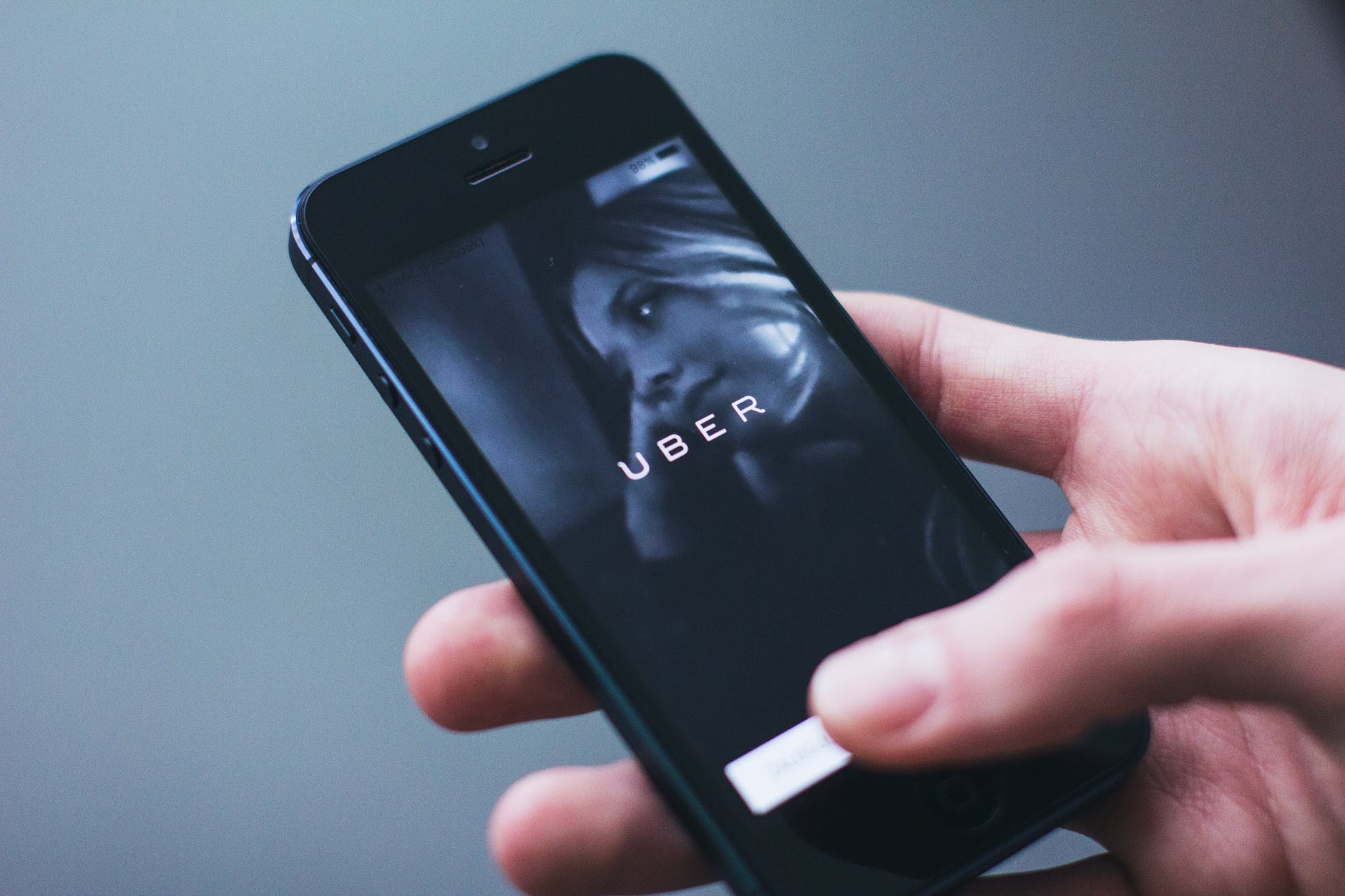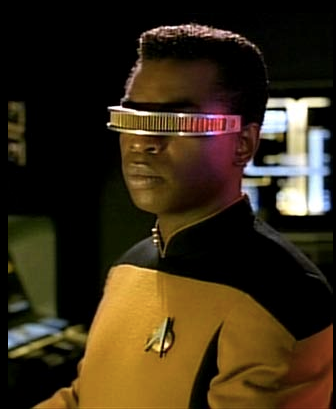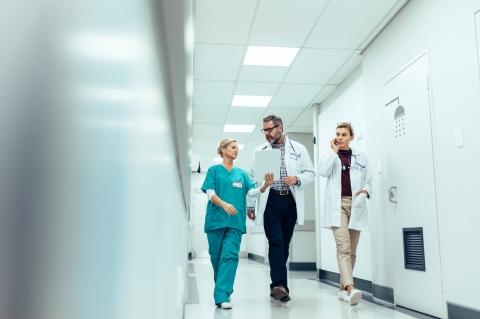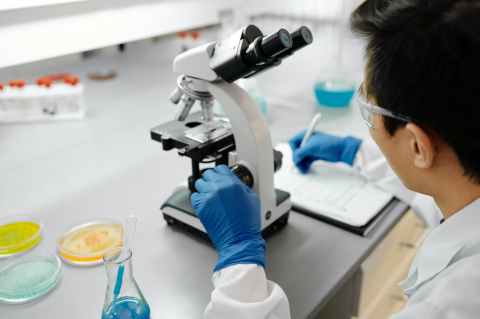
Access to transportation is a prerequisite for access to universal healthcare. A recent study in the United States shows that approximately 3.6 million Americans miss or delay attending their medical appointments. Most of the patients who miss out on their consultations are from the lower cadre of society. Some, like the elderly, are vulnerable and can barely afford the taxi system, which is often expensive. In 2018, Uber launched a program known as Uber Health in partnership with other hospitals and healthcare systems like Maryland-based MedStar Health.
Since then, several hospitals and health systems have adopted this program to help transport their patients. Lyft has also launched a similar program to help transport patients.

How Does Uber Health Work?
This program offers a wide range of services for you as a patient or a healthcare provider. However, it specializes in transporting patients from their homes to the healthcare facilities for medical appointments, including medical evacuation.
So how does this work? If you are a patient and have an appointment with your doctor, Uber Health is instrumental. You don’t have to worry if you do not have a smartphone since your healthcare provider will be responsible for booking the ride. And if you don’t have a mobile phone, there is an option for landline rides. Uber will send your ride information via an automatic message on your landline. You will not be booked for transportation as a patient, but, rather, your medical provider will pay for the ride. In some instances, insurance defrays the bill.

How to Book Rides for Patients
As a healthcare provider, it’s important to note that you can book rides for your patients a few hours until the appointment or days in advance. There are two types of rides that you can make for your patients: scheduled rides and designated pickups. In the case of planned rides, they are flexible, and you can set them up immediately or for up to 30 days, allowing patients to confirm when they are ready. On the other hand, facilities with big campuses are advised to use designated pickup locations set within the platform. After booking, both your patient and the driver will receive a detailed brief sent to them regarding the pickup location.
Why it is Important to Understand Uber Health
Understanding how to use Uber Health is essential to both patients and the healthcare providers in the following ways:
- Uber Health is accessible to patients who do not have a smartphone. Your healthcare provider is responsible for booking your ride to and from the hospital, and a text message bearing the details of the ride is sent to your phone.
- Uber Health helps healthcare organizations keep track of spending. This is because the billing statements are readily available and easy to interpret. This reduces the likelihood of losing money, even thousands of dollars.
Final Thoughts
The Uber Health program will revolutionize the transportation of patients unprecedentedly, leading to a reduction in the cases of missed appointments that is costing healthcare providers billions of dollars annually.
For more healthcare information, check out Avidity Medical Design Blog or enroll for a course at Avidity Medical Design Academy. To purchase scented soaps and candles, visit Avidity Medical Scentations.















